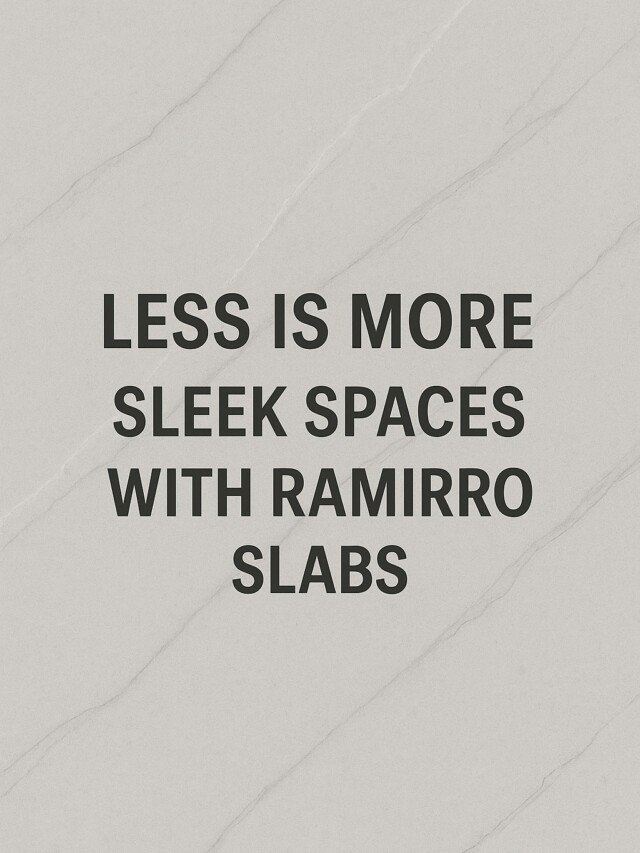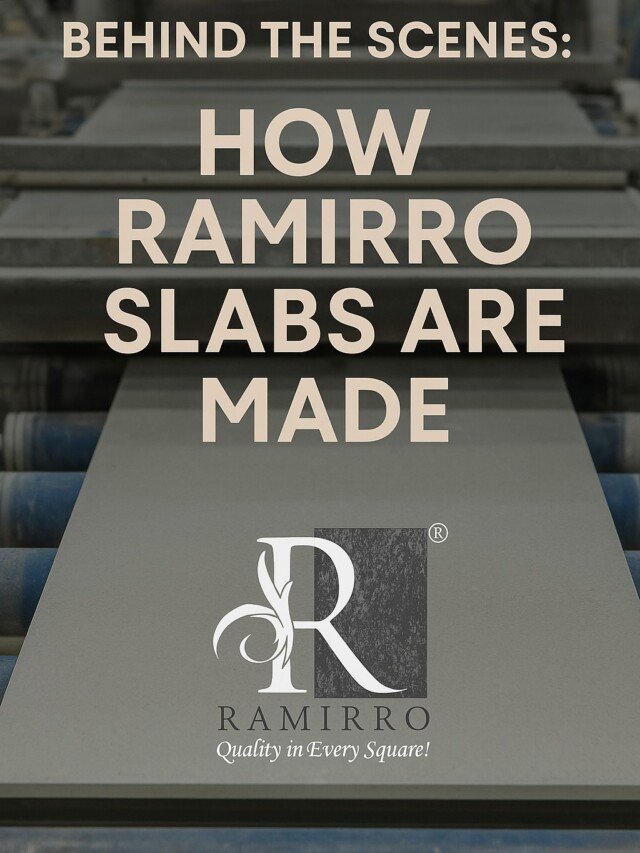When it comes to home decor, few elements can evoke a sense of place and tradition quite like cultural tiles. These tiles, rich in history and craftsmanship, tell stories of distant lands and timeless artistry. As someone who appreciates genuine and meaningful design, you’re likely seeking an article that not only showcases the aesthetic beauty of these tiles but also delves into their origins, cultural significance, and the meticulous craftsmanship involved in their creation. At Ramirro Ceramica, we understand the importance of authenticity and quality. This article will guide you through our top 20+ cultural tile collections, offering insights that resonate with your desire for both beauty and substance. Let’s explore how these exquisite pieces can transform your spaces while honoring the traditions they represent.
- Introduction to Cultural Tiles
- Arabesque Tiles
- Mediterranean Tiles
- Spanish Tiles
- Zellige/Moroccan Tiles
- Saltillo Tiles
- Italian Tiles
- Portuguese Azulejos
- Mexican Talavera Tiles
- Dutch Delftware Tiles
- Chinese Porcelain Tiles
- Japanese Raku Tiles
- Greek Key Tiles
- Persian Tiles
- French Provincial Tiles
- Indian Jaipur Blue Pottery Tiles
- Turkish Iznik Tiles
- Victorian Tiles
- Art Nouveau Tiles
- Art Deco Tiles
- How to Choose the Right Cultural Tile for Your Space
- Why Buy from Ramirro Ceramica?
- Customisation Option Available at Ramirro Ceramica for Tiles
- Buy Top Cultural Tiles at Ramirro Ceramica
- Related Links
Introduction to Cultural Tiles
What are Cultural Tiles?
Cultural tiles are decorative tiles that draw inspiration from the art, architecture, and traditions of various regions around the world. These tiles often feature intricate patterns, vibrant colors, and motifs that are unique to a particular culture or heritage. From the iconic azulejos of Portugal to the stunning zellige mosaics of Morocco, cultural tiles celebrate the rich diversity of artistic expressions across the globe.
Why are Cultural Tiles Important in Design?
Cultural tiles are more than just functional coverings for walls and floors – they are a powerful tool for infusing spaces with a sense of cultural identity, history, and global flair. By incorporating cultural tiles into their designs, architects and interior designers can:
- Evoke a specific cultural atmosphere and transport occupants to different regions of the world
- Pay homage to the heritage and traditions of a particular place or people
- Create visually stunning and memorable spaces that stand out from the ordinary
- Promote cultural appreciation and understanding through the use of globally-inspired designs
How can Cultural Tiles Add Character to a Space?
Cultural tiles can transform a mundane space into an extraordinary one by adding layers of texture, color, and historical significance. They can serve as a focal point in a room, drawing the eye and sparking conversations. For example, a backsplash made of vibrant Mexican Talavera tiles can bring a burst of color and charm to a kitchen, while a hallway adorned with traditional Japanese tiles can evoke a sense of tranquility and elegance.
Arabesque Tiles
Arabesque tiles are characterized by their intricate and flowing patterns, often featuring interlacing curves and geometric shapes that create a sense of movement and elegance. These designs are rooted in historical art forms, drawing inspiration from Islamic and Moorish architecture, where they were used to adorn surfaces with elaborate motifs.
Mediterranean Tiles
Mediterranean tiles are renowned for their vibrant colors and intricate designs, which reflect the rich cultural heritage of the regions surrounding the Mediterranean Sea. These tiles often feature a stunning palette that includes deep blues, sunny yellows, earthy terracottas, and lush greens, reminiscent of the sun-soaked landscapes and azure waters of the Mediterranean.
Spanish Tiles
Spanish tiles are renowned for their classic elegance and rich artistic heritage. These tiles often feature intricate patterns and vibrant colors, with designs that have been influenced by a blend of Moorish, Gothic, and Renaissance art. The hallmark of Spanish tile design includes the use of geometric shapes, floral motifs, and intricate scrollwork.
Zellige/Moroccan Tiles
Zellige tiles are a type of Moroccan tile. Both terms refer to traditional, handcrafted ceramic tiles that are often characterized by their vibrant colors and intricate geometric patterns. Zellige tiles have a fascinating history dating back to the 10th century in Morocco, where they were originally created in white and brown tones inspired by Roman mosaics. Over time, the color palette expanded to include vibrant blues, greens, yellows, and reds.
Saltillo Tiles
Saltillo tiles are handcrafted terracotta tiles originating from Saltillo, Mexico, known for their intricate patterns and cultural significance. These tiles are made from natural clay, resulting in a warm color palette that ranges from rich reds and oranges to earthy browns and yellows. The unique craftsmanship involved in their production leads to variations in texture and color, giving each tile a distinct character. Traditionally used in Mexican architecture, Saltillo tiles reflect a deep cultural heritage and are often associated with rustic, vintage, or country-style interiors.
Italian Tiles
Italian tiles are synonymous with simplicity and elegance, embodying a timeless aesthetic that enhances any space. Crafted with meticulous attention to detail, these tiles showcase the artistry of Italian craftsmanship, making them a popular choice for both residential and commercial designs. The beauty of Italian tiles lies in their clean lines and refined designs. Whether in the form of classic terracotta, durable porcelain, or luxurious marble, Italian tiles offer a range of styles that can complement various interior themes.
Portuguese Azulejos
Portuguese Azulejos are renowned for their bold and colorful designs, which reflect the rich cultural heritage and artistic traditions of Portugal. Originating from Arabic influences, these ceramic tiles feature intricate geometric patterns, floral motifs, and vibrant color palettes, often incorporating shades of blue, yellow, green, and white. The term “azulejo” itself comes from the Arabic word for “small polished stone,” highlighting the tiles’ historical roots. Azulejos have been integral to Portuguese architecture, adorning the walls of palaces, churches, and public buildings since the 15th century.
Mexican Talavera Tiles
The origins of Talavera tiles date back to the 16th century when Spanish colonizers brought ceramic techniques to Mexico, particularly to the city of Puebla. Here, artisans adapted the traditional styles from Talavera de la Reina in Spain, creating a unique form of pottery that features vivid colors and elaborate designs, often inspired by nature and local traditions.
The craftsmanship of Talavera tiles involves a meticulous hand-painting process, ensuring that each tile is a one-of-a-kind piece of art. These tiles have been used in various architectural applications, from decorative murals and backsplashes to flooring in homes and public buildings, symbolizing both beauty and cultural identity in Mexican society.
Dutch Delftware Tiles
Originating in the 17th century in the city of Delft, these tiles were inspired by Chinese porcelain, which was highly sought after in Europe. Dutch artisans began to replicate these styles using local materials, leading to the development of a unique ceramic tradition. The designs on Delftware tiles often feature detailed motifs, including floral patterns, landscapes, and scenes from daily life, such as children playing and traditional Dutch windmills.
Chinese Porcelain Tiles
The elegance of Chinese porcelain tiles is evident in their smooth, glossy finishes and sophisticated designs. Often featuring intricate patterns inspired by nature, traditional motifs, and cultural symbols, these tiles add a touch of refinement to any space. The classic blue and white color scheme is particularly iconic, evoking a sense of timeless beauty and harmony. Precision is a hallmark of Chinese porcelain tile production. Crafted from high-quality clay and fired at extremely high temperatures, these tiles exhibit exceptional durability and a dense structure, making them less porous and more resistant to moisture and wear.
Japanese Raku Tiles
Japanese Raku tiles are known for their striking patterns and vibrant colors, embodying a unique blend of traditional craftsmanship and artistic expression. Originating from the 16th century, Raku pottery was historically used in Japanese tea ceremonies, and the tiles carry forward this legacy of elegance and simplicity. The distinctive crackled glaze of Raku tiles results in bold, organic patterns that are both unpredictable and visually captivating. The color palette often includes deep reds, earthy browns, vibrant greens, and dramatic blacks, each contributing to a rich, textured appearance.
Greek Key Tiles
The history of Greek Key designs can be traced back to classical antiquity, where they adorned pottery, friezes, and mosaics. The motif gained renewed popularity during the Neoclassical period in the 18th and 19th centuries, as designers and architects sought to revive classical styles. Today, Greek Key tiles are available in various materials, including ceramic, marble, and glass, and are commonly used in both residential and commercial spaces, particularly in bathrooms, kitchens, and entryways. Greek Key tile designs, also known as the Greek Fret or Meandros pattern, are characterized by their continuous, interlocking geometric motifs that create a sense of movement and elegance.
Persian Tiles
Persian tiles are renowned for their intricate craftsmanship and vibrant beauty, reflecting the rich cultural heritage of Iran. This traditional art form has its roots in ancient Persia, with evidence of tile-making dating back to the 12th century BCE. The craft flourished during the Safavid dynasty (1501-1736), a period marked by significant artistic and architectural advancements, particularly under the patronage of Shah Abbas I.
The craftsmanship involved in creating Persian tiles is meticulous and labor-intensive. Artisans, known as kashi-kar, carefully shape and fire clay tiles before applying intricate designs using mineral-based glazes. The designs typically feature geometric patterns, floral motifs, and calligraphic inscriptions, often drawn from Persian poetry or Quranic verses, showcasing the artisans’ skill and attention to detail.
French Provincial Tiles
The term “French Provincial” refers to the interior decor styles of France’s provinces, which often lacked the opulence found in urban centers. As a result, these designs are a pared-down version of refined town furniture, utilizing local materials and colors inspired by the surrounding environment—soft yellows, greens, rusty reds, and blues.
Indian Jaipur Blue Pottery Tiles
Indian Jaipur Blue Pottery tiles are renowned for their clean and minimalist designs, characterized by a striking cobalt blue color that is both vibrant and soothing. This traditional craft, which has its roots in Turko-Persian art, was introduced to India in the 14th century and has since evolved into a unique form of pottery that reflects the cultural heritage of Jaipur. Jaipur Blue Pottery is made from a unique frit material, which includes quartz stone powder and glass, rather than traditional clay.
Turkish Iznik Tiles
The origins of Iznik tiles can be traced back to the 12th century, when the city was under the rule of the Seljuk Turks. During this time, the tiles were heavily influenced by Chinese ceramics, which were imported into the region through the Silk Road trade routes. The Ottoman artisans sought to replicate the intricate patterns and vibrant colors of these Chinese ceramics, but they also added their own unique style by incorporating Islamic motifs and calligraphy into the designs.
During the 15th and 16th centuries, Iznik tiles reached their peak of popularity. The Ottoman Empire was expanding rapidly, and the sultans were building grand mosques and palaces throughout their territories. These buildings were decorated with Iznik tiles, which were considered a symbol of wealth and power.
Victorian Tiles
Victorian tiles are renowned for their intricate and colorful designs, which reflect the artistic sensibilities of the Victorian era (1837-1901). These tiles, often made from ceramic or encaustic materials, feature a wide array of patterns that combine geometric shapes with floral motifs, creating visually stunning and timeless aesthetics. Victorian tiles became fashionable in the mid-19th century, coinciding with advancements in mass production techniques that made them more accessible.
Art Nouveau Tiles
Art Nouveau tiles are characterized by their classic and elegant designs that reflect the artistic movement’s emphasis on organic forms and intricate details. Flourishing between 1892 and 1914, Art Nouveau sought to break away from traditional styles, embracing nature-inspired motifs and flowing lines.
The Art Nouveau movement was a reaction against the industrialization of the late 19th century, emphasizing craftsmanship and the beauty of handcrafted objects. Tiles became a popular medium for this artistic expression, often used in architectural settings such as facades, interiors, and decorative panels. Notable examples can be found in the works of architects like Hector Guimard, who designed the iconic Paris Metro entrances adorned with Art Nouveau tiles.
Art Deco Tiles
Art Deco tiles are recognized for their bold and dynamic designs, which reflect the opulence and glamour of the Art Deco movement that flourished in the 1920s and 1930s. Art Deco emerged as a reaction to the ornate styles of the previous era, favoring clean lines and modernity while still celebrating craftsmanship and decorative arts. The movement was heavily influenced by the advances in industrial design and the desire for luxury during a time of economic prosperity. Art Deco tiles became popular in architecture, interior design, and decorative arts, often used in public buildings, theaters, and private homes.
How to Choose the Right Cultural Tile for Your Space
Consider Your Style and Space
When selecting cultural tiles, think about the overall aesthetic appeal and style of your space. Wall tiles and floor tiles come in a variety of designs and patterns, from traditional tile motifs to contemporary decorative patterns. For instance, intricate tile patterns and vibrant tile decorations can add depth and character to living areas, while more subtle designs might suit a minimalist kitchen or bathroom.
Durability and Maintenance
The durability and maintenance requirements of wall tiles and floor tiles are crucial factors in your decision. Traditional tile types, like Mexican Talavera or Moroccan Zellige, are designed not only for their aesthetic appeal but also for their resilience. Evaluate the specific needs of each space—high-traffic areas like kitchens and bathrooms benefit from tiles that are easy to clean and maintain, while decorative patterns in less-used areas can focus more on visual impact.
Why Buy from Ramirro Ceramica?
At Ramirro Ceramica, we offer exceptional quality tiles that suit every taste and design preference. Our wide selection includes an array of styles, from classic to contemporary, ensuring you find the perfect fit for your space. With expert guidance available, our team helps you navigate through our diverse range of options to match your aesthetic vision and functional needs. Plus, our affordable pricing makes it easy to achieve your desired look without compromising on quality. Choose Ramirro Ceramica for unparalleled craftsmanship, personalized service, and great value.
Shop Now | Chat With Expert | View Catalogue
Customisation Option Available at Ramirro Ceramica for Tiles
Yes, Ramirro Ceramica offers customization options for tiles. We can work with you to tailor designs, colors, and sizes to meet your specific needs. Contact our team to explore how we can create custom tiles that perfectly match your vision and project requirements. Minimum order quantity is 1 container.
Buy Top Cultural Tiles at Ramirro Ceramica
Shop Now | Chat With Expert | View Catalogue
At Ramirro Ceramica, you can conveniently buy top cultural tiles both online and offline. Our extensive collection includes vibrant Moroccan Zellige, intricate Mexican Talavera, elegant Portuguese Azulejos, and more, each offering unique designs and rich histories. Explore our user-friendly website to browse, and make purchases from the comfort of your home. Alternatively, visit our showroom to experience the tiles firsthand and receive personalized assistance from our expert staff. Whether shopping online or in-store, you’ll find exceptional quality and diverse options to suit every taste and design need.
Why Should You Trust us?
Here’s what you get out of our article. Our team have various Ceramic Experts with experience of more than 25 Years, researches on problems our customer faces in tiling industry.
Ramirro Ceramica, – One of The Leading Tiles Manufacturer and Supplier globally, helps you people gain knowledgeable insight before making your purchase decision for products related to the floor and wall tiles.
So, we have closely monitored all kinds of trends in the ceramic tiles manufacturing world, from the old days of clay and plain color to modern digital, realistic-looking designs printed on ceramics with high-depth effects.
Our tiling Experts have seen thousands of different tiles patterns, sizes, materials, pricing, and installation techniques throughout their career.
Their expertise shared with you in simplified and organised way, helps you choose and make better decision before purchasing any flooring option available in market.
Brief about Company:
Ramirro is one of the finest Tiles manufacturers in India manufacturing porcelain and ceramic tiles. Our products have a variety of sizes and types of tiles ranging from Ceramics, porcelain, Full body etc. This helps you choose the perfect fit for your project. Plus, our collection will help you get inspiration from the architect’s design.
Here’s some more helpful links that showcase our users trust on Ramirro Ceramica Brand:
– Growth in International Market
– Trusted and Licensed Exporter
– Manufacturing Plant in India
Here’s our social proof by LinkedIn competing with top known global tiling brands:

Related Links
Decorative Tiles: Elevating Interior Design with Versatility
Authentic Moroccan Tiles | Printed Mosaic Zellige Tile
Delft Tile Collection | Retro Tiles Design with Modern Finish
Shop Beautiful Mediterranean Ceramic Tiles for Your Space
Stunning Arabesque Tile Patterns for Floors – Ramirro
Authentic Spanish Tile Flooring: Discover Mexican and Spanish Designs
Best Mosaic Tiles for Bathroom, Kitchen, Art Decoration, Wall & Floor – Buyers Guide
Ceramic Border Tile Collection – Exclusive Designs by Ramirro








